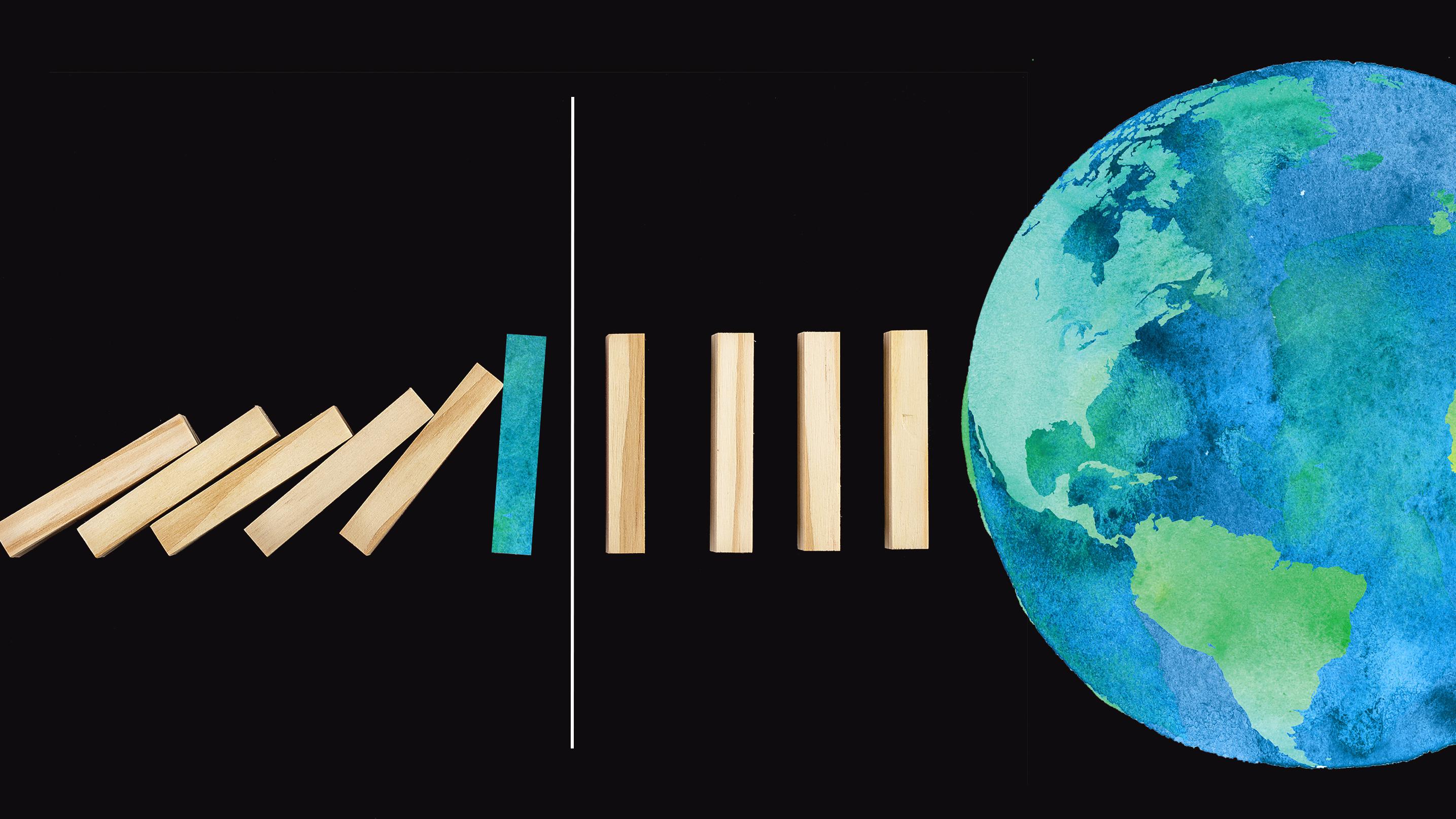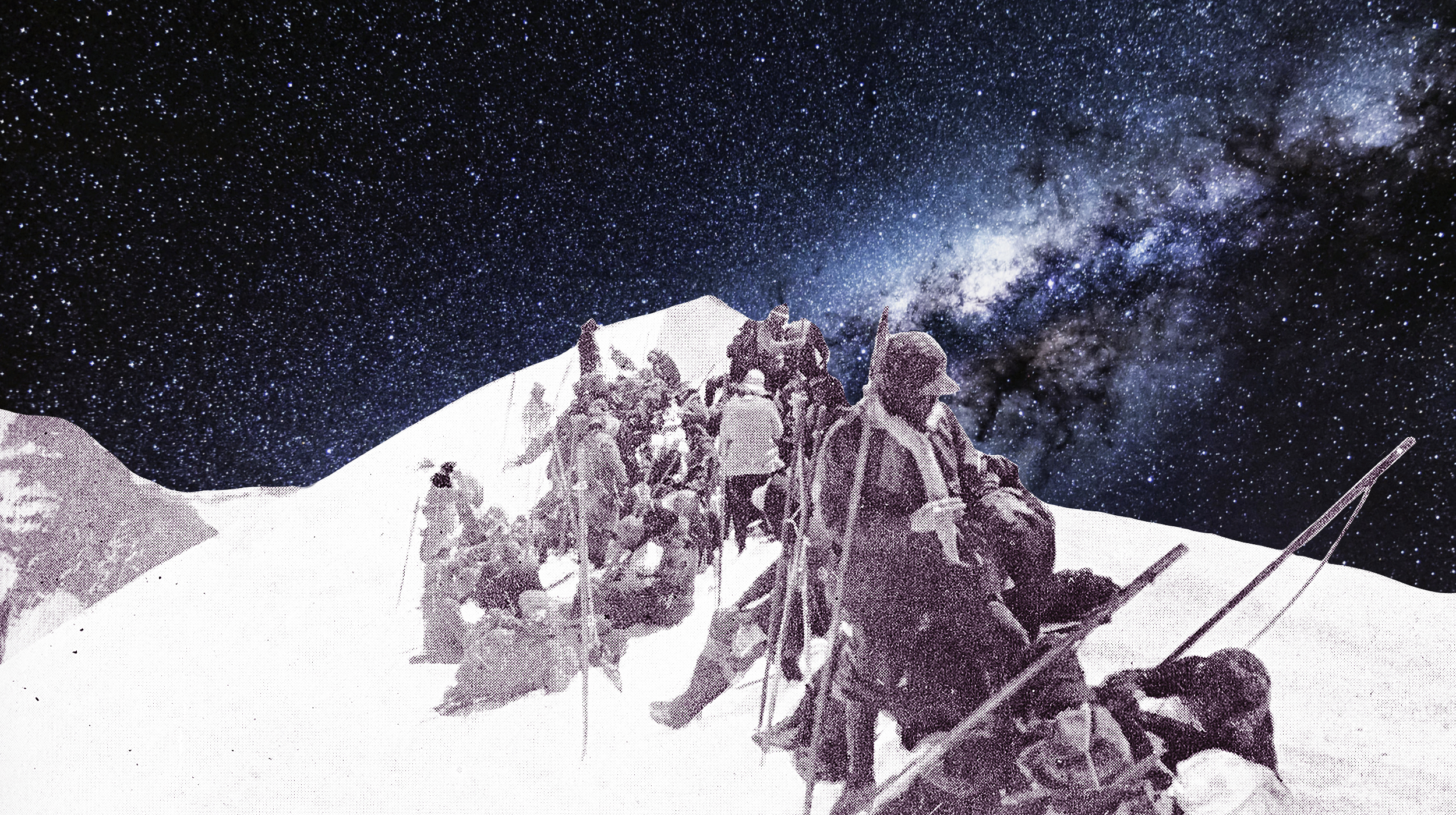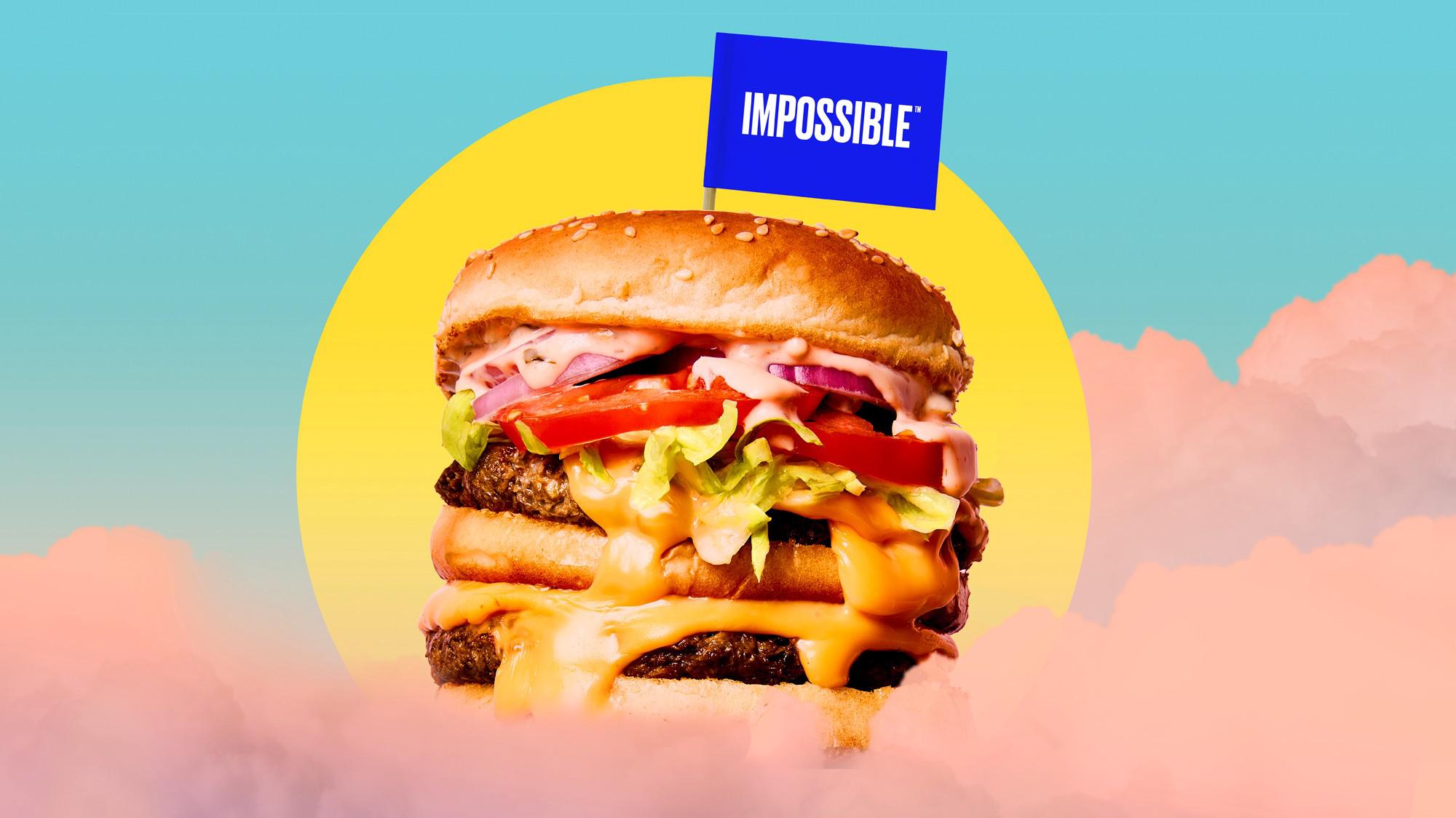environment
Masks are great, but what happens when we try to throw out a billion masks at once?
A reversal in Earth’s magnetic field 42,000 years ago triggered climate catastrophes and mass extinctions. Can the field flip again?
If more people decide to apply pressure through their choices, slowly but surely we would reach climate change herd immunity.
If we lose our pollinators, we’ll soon lose everything else.
By 2050, there may be more plastic than fish in the sea.
Their goal is a digital model of the Earth that depicts climate change in all of its complexity.
In May 2018, the city of Paris set an ambition to be carbon-neutral by 2050.
Surprising as it may seem, we are all very good at denial. Negation, however, is a different phenomena.
Researchers analyze prehistoric viruses in animals dug out from the Siberian permafrost.
A warming Arctic Circle could be responsible for bursts of cold weather in the south.
The organisms were anchored to a boulder 900 meters beneath the ice, living a cold, dark existence miles away from the open ocean.
Pandemics have historically given way to social revolution. What will the post-COVID revolution be?
A study of europium crystals shows the planet was mostly flat during its middle ages.
A new paper explores how noise from human activities pollutes the oceans, and what we can do to fix it.
Some mysteries take generations to unfold.
Researchers devise a record-breaking laser transmission that avoids atmospheric interference.
Darwin was right again—sort of.
Can biomaterials help finally thrust perovskite solar cells to mainstream adoption?
In a joint briefing at the 101st American Meteorological Society Annual Meeting, NASA and NOAA revealed 2020’s scorching climate data.
This small-scale study may have uncovered a new link between the peripheral nerve system and autism.
Scientists find a new species of flower in a remote part of Hawaii.
At the height of the first wave, many people took heart from the drop in air pollution resulting from global lockdowns.
More evidence that we’re drowning in microplastic particles.
Researchers from Harvard receive permission for a test that may help cool Earth and fight global warming.
Agriculture is responsible for a quarter of greenhouse emissions, but who pays for these environmental costs?
Fractal patterns are noticed by people of all ages, even small children, and have significant calming effects.
Humans churn out about 30 gigatons (30,000,000,000 tons) of material every year.
The biggest risk comes from doing nothing at all.
“Our mission is to completely replace the use of animals as a food technology by 2035,” said Patrick O. Brown at the 2020 Web Summit.
Can passenger airships make a triumphantly ‘green’ comeback?





























